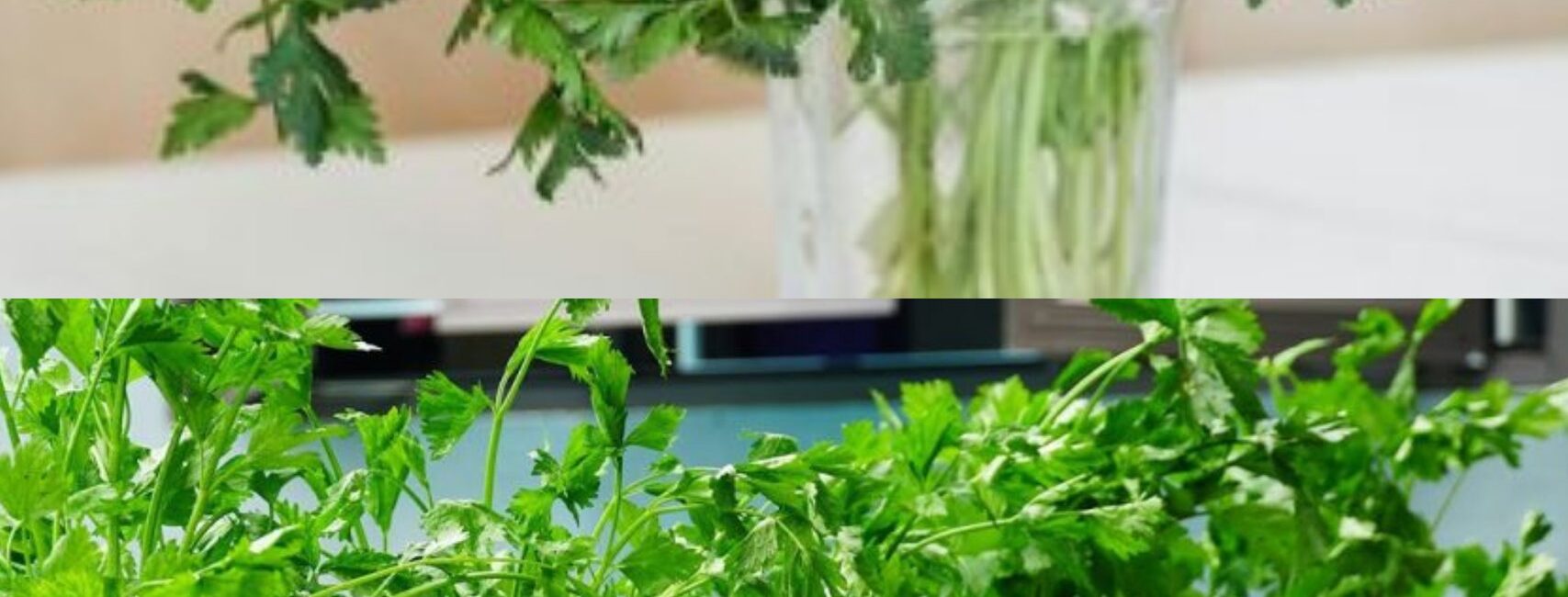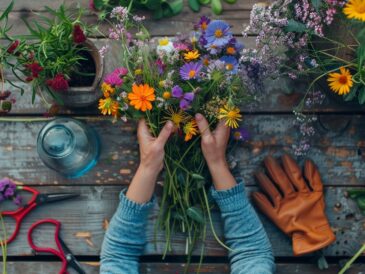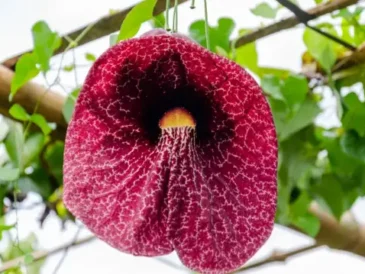Parsley is a cherished herb in kitchens around the world, renowned for its versatility and aromatic qualities. Whether you’re adding a garnish to a Mediterranean dish or enhancing the flavor of a recipe, parsley is a staple herb that’s both visually appealing and useful. However, growing parsley successfully requires attention to a few key factors. Let’s delve into the essential rules for cultivating parsley to ensure it remains productive and healthy.
1. Choosing the Right Location
- Light Requirements: Contrary to popular belief, parsley does not thrive in direct sunlight all day long. While it does need light, it prefers a balance of sun and shade. Ideally, place your parsley where it can receive morning sunlight and be shaded for the rest of the day. This helps prevent the plant from drying out and encourages healthy growth.
- Indoor vs. Outdoor: Parsley can be grown both indoors and outdoors. If growing indoors, a sunny windowsill with indirect light is perfect. For outdoor planting, choose a spot that offers partial shade to protect the plant from the harsh afternoon sun.
2. Soil Preparation
- Soil Type: Parsley thrives in well-draining, nutrient-rich soil. A loamy soil with good organic matter is ideal. If your soil is heavy or clayey, amend it with compost or well-rotted manure to improve drainage and fertility.
- pH Level: Parsley prefers a soil pH between 6.0 and 7.0. Test your soil and adjust the pH if necessary using lime (to raise pH) or sulfur (to lower pH).
3. Planting Parsley
- Seed Preparation: Parsley seeds can be slow to germinate. To speed up the process, soak the seeds in water for 24 hours before planting. This helps soften the hard seed coating and improves germination rates.
- Planting Depth: Sow parsley seeds about 1/4 inch deep. Space the seeds about 6 inches apart, or if planting in rows, space the rows 12 inches apart. Alternatively, if growing in pots, use a container that is at least 6-8 inches deep and wide enough to accommodate multiple plants.
- Timing: Parsley can be started indoors 6-8 weeks before the last frost date or directly sown outdoors after the danger of frost has passed.
4. Watering and Fertilizing
- Watering: Keep the soil consistently moist but not waterlogged. Parsley requires regular watering, especially in dry spells, but overwatering can lead to root rot. Check the soil moisture regularly and water when the top inch feels dry.
- Fertilizing: Feed parsley with a balanced, all-purpose fertilizer every 4-6 weeks during the growing season. You can also use compost to provide additional nutrients and improve soil health.
5. Maintenance and Harvesting
- Thinning: Thin the seedlings once they are a few inches tall to provide adequate space for each plant. Proper spacing helps ensure that each parsley plant gets sufficient light and airflow.
- Harvesting: Begin harvesting parsley once the plants are well-established and have developed several sets of leaves. Snip the outer leaves first, allowing the inner leaves to continue growing. Regular harvesting encourages the plant to produce new foliage and remain productive.
- Pest and Disease Control: Keep an eye out for common pests like aphids and spider mites. If necessary, use organic insecticidal soap or neem oil. Ensure good air circulation around the plants to prevent fungal diseases.
6. Handling Toxicity
- Consumption Guidelines: Parsley contains compounds that can be mildly toxic in excessive amounts. While it is beneficial when consumed in moderation, overconsumption can cause stomach cramps and liver issues. Always use parsley in reasonable quantities to avoid adverse effects.
7. Winter Care
- Indoor Wintering: If growing parsley indoors, ensure it receives adequate light during the winter months. Supplement with grow lights if natural light is insufficient.
- Outdoor Winter Care: In colder climates, parsley can be grown as an annual or overwintered if protected. Mulch around the base of the plants to insulate them from frost. In very cold regions, consider growing parsley in containers that can be moved indoors.
Conclusion
Parsley is a delightful and useful herb that can thrive with a little attention to its growing conditions. By following these essential rules—choosing the right location, preparing the soil properly, and maintaining consistent care—you can enjoy a bountiful harvest of fresh, flavorful parsley. Whether you’re growing it on a windowsill, balcony, or garden bed, these tips will help you cultivate a healthy and productive parsley plant, enhancing your culinary creations with fresh, home-grown herbs. 🌱🌿




